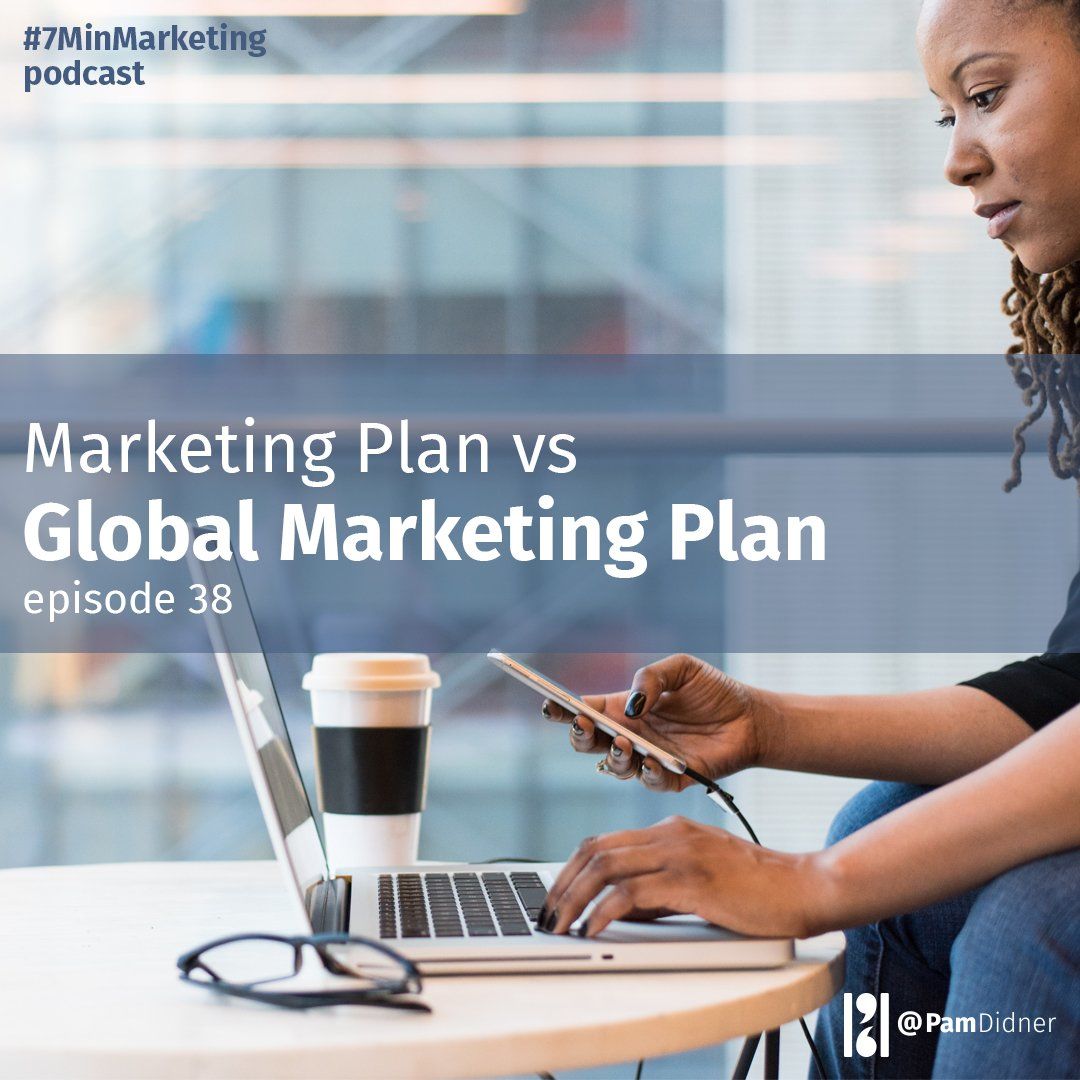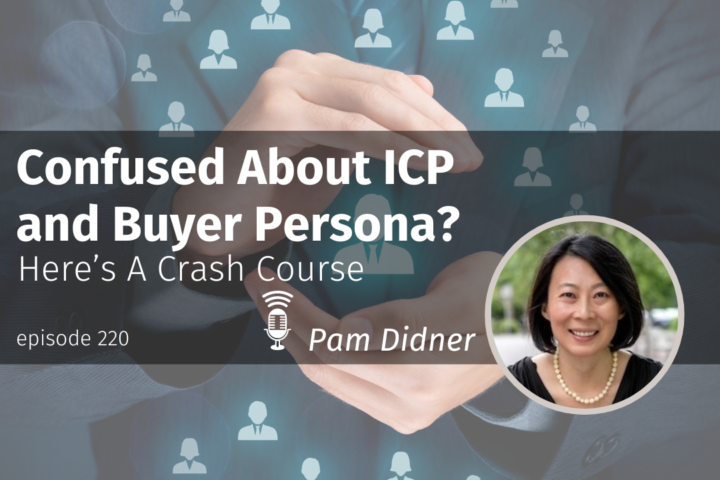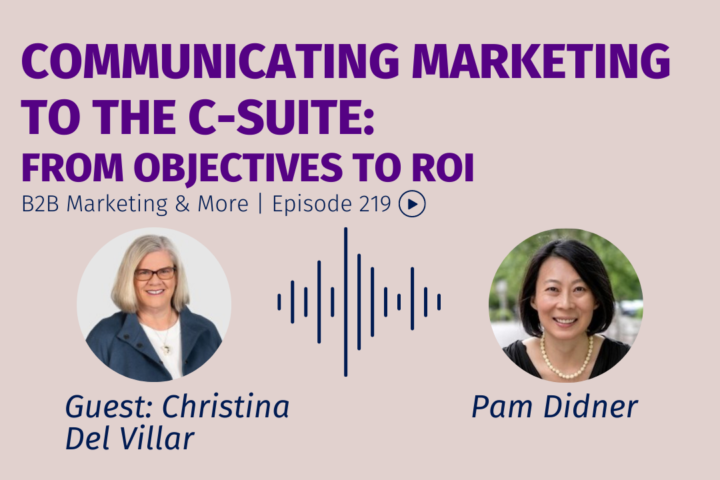
Welcome to another episode of 7-Minute Marketing with Pam. My name is Pam Didner, and I love sharing a little dose of B2B, digital and content marketing, seven minutes at a time.
I am recording this podcast from Lima, Peru. Going to Machu Picchu in the Andes Mountain and so excited. I read about Incas’ people and culture when I was eight and can’t believe that I am here. I will share my trip highlights and marketing takeaways from Machu Picchu in the upcoming episodes stay tuned.
This week, I had an interview with Jim and Lee from Moravia. He read my book, Global Content Marketing, and finally reached out to discuss some questions he has from reading the book. I love readers and listeners reaching out and asking me questions.
One of the questions was: “Pam, what is the difference between a marketing plan and a global marketing plan?”
Marketing plan and a global marketing plan
Well, the only thing different is the word “Global”. The way you define “Global” will have ramifications on how you write your marketing plan. First of all, let me define the purpose of a marketing plan. A marketing plan is a document that you use to
- let your management know what you will do for marketing outreach
- get the budget you need
- rally and align your team members and agencies
Therefore, it’s an internal document. Global, in that sense, is defined as an internal collaboration between the headquarters and local teams. I focus on the internal.
Marketing plans always have your marketing objectives which are what: what do you want to accomplish. Then a set of strategies which is how: what do you need to do and how to do it to achieve the objectives. Followed by who: whom do you market to? That’s buyer’s persona.
If you’re marketing across regions, you need to work with the local team, get their feedback and make adjustments to your marketing objectives, strategies and buyer’s personas.
How to add global or local
Whatever marketing elements you have in your marketing plan stays the same, but you need to add the global or local twist by talking to your local teams and sales team.
You need to consider if you need to add additional personas. You also need to add priority countries, since you have a limited budget and you can’t solve the world hunger by marketing to every country. For content perspective, you need to also identify languages that you’ll support. If Canada is one of the priority countries, you need content for both English and French. If you market to Switzerland, the 4 official languages are German, French, Italian and Romansh. Prioritize the languages.
You may also need to identify key local deliverables and success metrics.
Jim, the differences between a marketing plan and a global marketing plan is to:
- Solicit feedback from the local team to make necessary adjustments to your objective, strategies, and personas.
- Add priority countries and languages
- Add the local team’s key deliverables
- Modify your success metrics
The global marketing plan is to add a right dose of local flavors to reflect the collaboration of the headquarters and local team. At the end of the day, it’s about communication, collaboration, and compromise.
Jim, Lee and I had a great conversation. Another question they asked is about success metrics. Should the local team have the same success metrics? A great question. I’ll discuss that in my next episode. Jim and Lee, it was great talking to you. Let me know when your blog is published.
Again, send me your marketing questions or thoughts via Twitter @pamdidner
More from Peru in the next 10 days.
Be well. Until next time.



